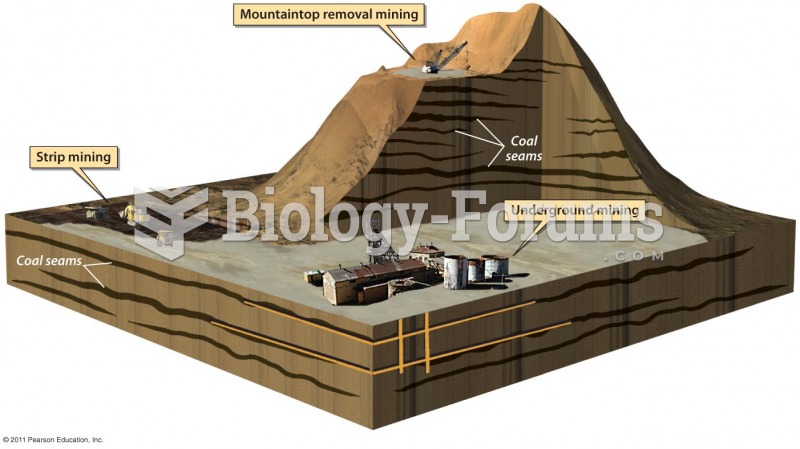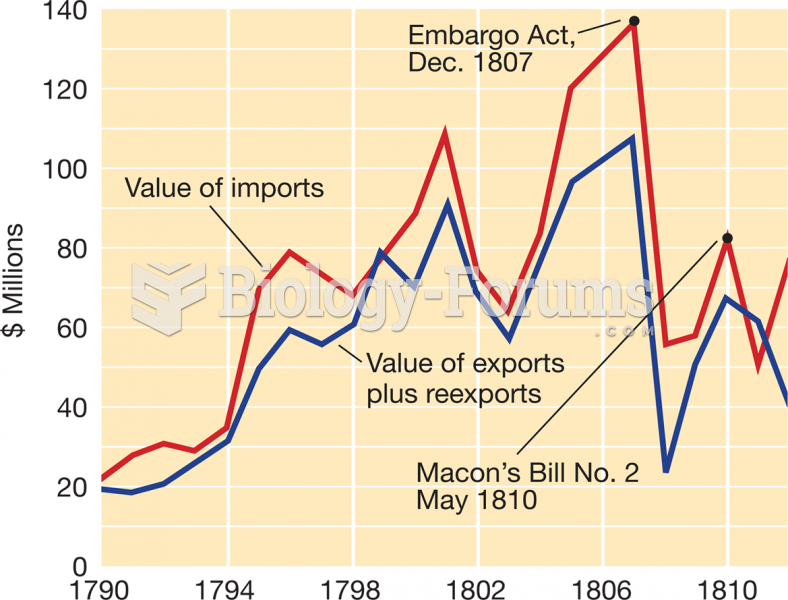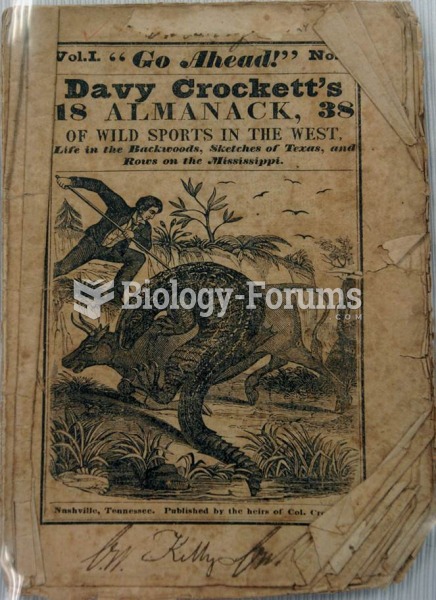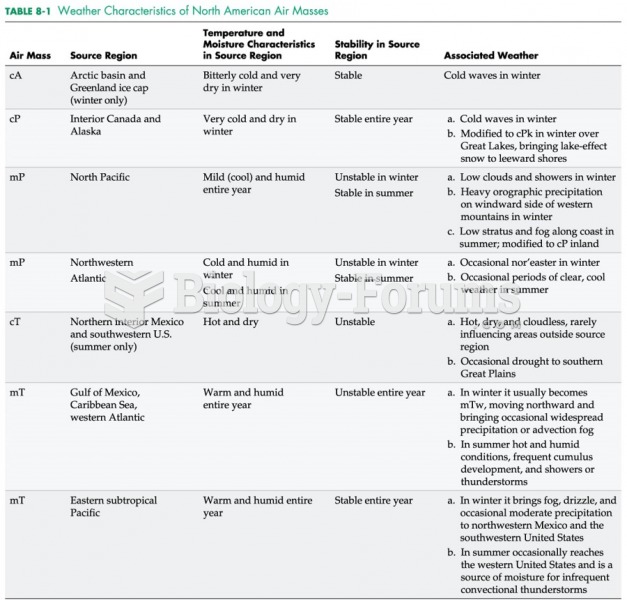Question 1
According to the text, which of the following were closely related?
A. warfare in West Africa and the economic development of the American Atlantic seaboard
B. warfare in Latin America and the political development of the Ohio River valley
C. warfare in Eastern Europe and the political development of the American colonies
D. warfare in Western Europe and the economic development of the slave trade in the Arabian Sea
E. the spread of Islam and the growth of the slave trade
Question 2
Under mercantilism, colonies existed to provide markets and natural resources for the industries of the home country, and in turn, the home country was to ________.
A. protect and administer the colonies
B. educate and Christianize the colonies
C. generate free trade for the colonies to spur the local economy
D. produce agricultural and manufactured goods to supply the colonies
E. do little or nothing
Question 3
Since the Renaissance, European contact with the rest of the world has gone through four stages. Those stages are ________.
A. 1. exploration, conquest, and settlement or commercial expansion;
2. colonial trade rivalry between Spain, France, and Great Britain;
3. the creation of formal empires in Africa and Asia and new areas of settlement; and
4. decolonization
B. 1. exploration, conquest, and settlement or commercial expansion;
2. the creation of formal empires in Africa and Asia and new areas of settlement;
3. colonial trade rivalry between Spain, France, and Great Britain; and
4. decolonization
C. 1. intense trade rivalry between Spain, France, and Great Britain;
2. exploration, conquest, and settlement or commercial expansion;
3. the creation of formal empires in Africa and Asia and new areas of settlement; and
4. decolonization
D. 1. exploration, conquest, and settlement or commercial expansion;
2. the creation of formal empires in Africa and Asia and new areas of settlement;
3. extensive treaty-making and efforts to retain colonial control; and
4. decolonization
E. 1. exploration, conquest, and settlement or commercial expansion;
2. colonization;
3. decolonization; and
4. globalization
Question 4
The leader of the Yorkshire Association Movement was ________.
A. Christopher Wyvil
B. Lord North
C. John Wilkes
D. William Pitt the Younger
E. Charles James Fox
Question 5
The most important product that Spain took from its American colonies was ________.
A. coal
B. silver
C. cotton
D. sugar
E. indigo







